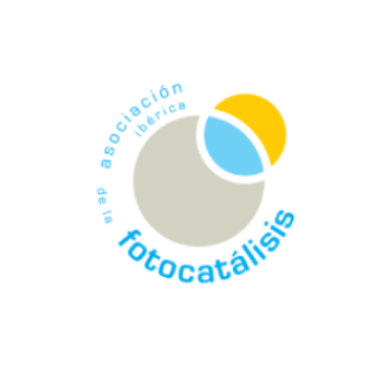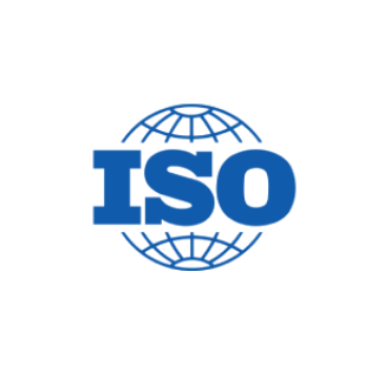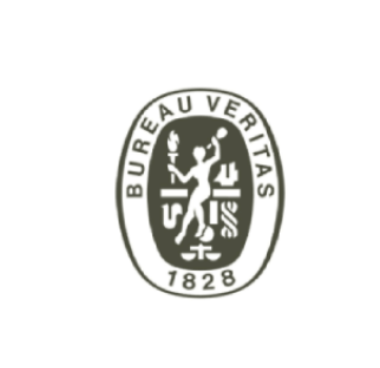We Combine Science And Advertising For A More Sustainable Future.

We enable favorable mass visibility and positive impact on air quality, people’s health and the conservation of the ecosystem, with our Puricity, outdoor advertising that purifies the air.
For the environment, for brands and for people
Cleans and purifies the air, improving pollution levels using photobioreactors with microalgae and a zero net carbon footprint.
It gives coherence to actions of brands committed to the environment through sustainable advertising.
It contributes to the reduction of human losses and diseases associated with air pollution.

Photocatalytic supports purify the air through a chemical reaction activated by sunlight.
A campaign of 300 billboards (3,600m2 of photocatalytic product) purifies the air of 600 vehicles in the area.
Photocatalytic supports transform nitrogen oxides (NOX: NO and NO2) into harmless particles and water.


We contribute to social, environmental and economic development with measurable and scientifically validated solutions.




Photocatalysis is a chemical process that uses sunlight to accelerate chemical reactions.
Sunlight interacts with certain materials (in the case of our Puricity, with Titanium Dioxide Ti02) and triggers a series of chemical reactions that would not occur naturally in the absence of light since this excites the electrons in the material, causing them to acquire extra energy.
These electrons participate in chemical reactions with other substances present in the environment. To purify the air, Ti02 reacts with NOx (nitrogen dioxide) mainly produced by vehicle combustion, decomposing them or creating useful compounds.
This reaction occurs in both air and water, which means that in addition to purifying the air, surfaces coated with Ti02 photocatalytic product are also self-cleaning.
We transform our traditional media to advertise that purifies the air with photocatalytic advertising.
Our billboards and buses are covered with a layer of photocatalytic product, which means that throughout the campaign, while they are exposed or in contact with sunlight, they are purifying the air in the area in which they are located (billboards ) or make their journey (buses).
We are in constant research and laboratory tests, to have more and more surfaces capable of purifying the air at optimal levels.
Throughout the purity process, we follow a
sustainable protocol:
Microalgae air purification is a process that uses the natural properties of microalgae to remove contaminants from the air.
Microalgae are microscopic organisms that carry out photosynthesis, a process in which they capture carbon dioxide (CO2) and release oxygen.
The air purification process with microalgae is generally carried out in a closed system (the cylinders that you will see accompany our mupis), such as a bioreactor, which allows the growth and proliferation of microalgae under controlled conditions.
Microalgae have the ability to absorb C02 from the air to carry out photosynthesis. In the bioreactor, CO2-contaminated air is passed through the system where microalgae capture it and convert it into oxygen through photosynthesis.
During photosynthesis, microalgae release oxygen as a byproduct. This oxygen enriches the purified air, improving its quality and contributing to a healthier environment.
In addition to capturing C02, microalgae can also absorb other pollutants present in the air, such as nitrogen oxides (NOx), volatile organic compounds (VOCs) and suspended particles. These pollutants are used by microalgae as nutrients for their growth and metabolism, thus helping to clean the air.
Microalgae can be collected for reuse. Once the microalgae have performed their air purification function, they can be collected from the bioreactor.
These harvested microalgae can later be used for other purposes, such as the production of biofuels, animal feed or pharmaceutical products, providing additional and sustainable benefits.